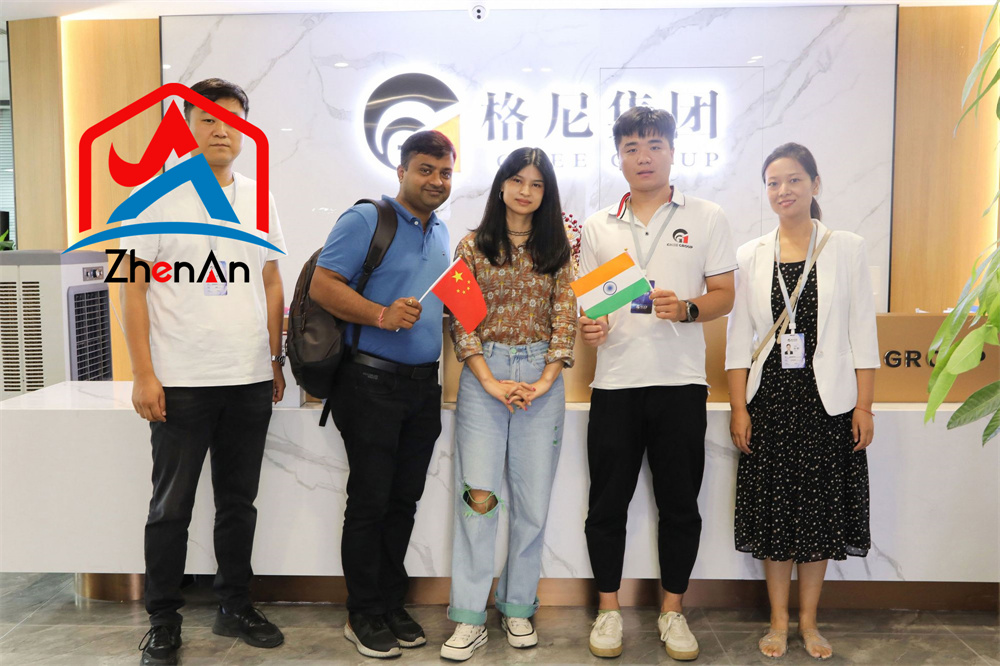Chrome ore refining high carbon ferrochrome: when refining high carbon ferrochrome with chrome ore, the refining slag has larger viscosity and higher melting point, and the smelting process temperature must be higher. Therefore, the power consumption is high, the furnace lining life is short, and the carbon content is not easy to come down. Oxygen blowing high carbon ferrochrome has greater superiority, such as high productivity, low cost, high recovery rate. At present, the traditional production method or electro-silicon heat method. Electrosilicon heat method is to make alkaline slag in the electric furnace under the condition of silicon in the silicon chromium alloy to reduce the chromium and iron oxides, so as to produce low carbon ferrochrome.

Oxygen blowing refining of low carbon ferrochrome: Oxygen blowing method of refining low carbon ferrochrome using the equipment is a converter, so it is called converter method. According to the different ways of oxygen supply, oxygen blowing can be divided into four kinds of side blowing, top blowing, bottom blowing and top and bottom double blowing. Our country adopts the top blowing converter method. Oxygen blowing method is to blow oxygen directly into the liquid high-carbon ferrochrome to make it decarburised and produced low carbon ferrochrome. The main elements in high carbon ferrochrome are chromium, iron, silicon and carbon, which can all be oxidised. The main task of oxidation blowing high carbon ferrochrome is to decarbonise and preserve chromium. When oxygen is blown into the liquid high-carbon ferrochrome, because the content of chromium and iron accounts for more than 90% of the total amount of alloy, so the first oxidation of chromium and iron, and then, these oxides will be oxidised off the silicon in the alloy. Due to the oxidation of chromium, iron and silicon, the temperature of the molten pool increases rapidly, and the decarburisation reaction develops rapidly. The higher the temperature, the more favourable it is for the decarburisation reaction, and it can inhibit the oxidation reaction of chromium, and the lower the carbon in the alloy can be reduced.
